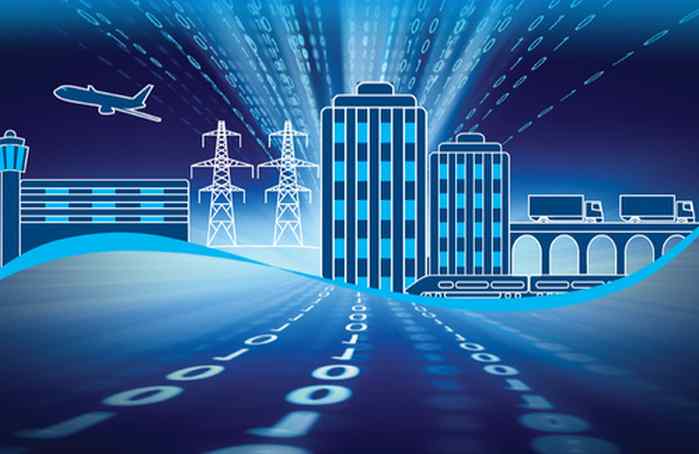November is Critical Infrastructure Security & Resilience Month, a nationwide effort to raise awareness and reaffirm the commitment to keep our nation's critical infrastructure secure and resilient. This year's theme is Infrastructure Security is National Security: Together We Can Drive Down Risk, Build Resilience, which covers the spectrum of infrastructure security.
So, why should you care? Critical infrastructure spans everything from healthcare, water and education to chemical, transportation, and energy systems—and much more. GRIMM is purpose-built to help these entities reduce risk by providing turnkey cyber services for IT and OT considerations.
“When you read about the importance of making our critical infrastructure cyber secure, it's easy to dismiss this as the government's problem or as the industry's job to fix our academia or training,” says GRIMM CEO Jennifer Tisdale.
“The truth is, making critical infrastructure more cyber-resilient in the smart cities where we live, connected vehicles we drive, and securing our power/energy, water treatment facilities, and supply chains is a shared responsibility. GRIMM is mission-focused on national security and dedicated members of your community, making it easy for you to integrate our adversary mindset to inform your defensive strategies.”


What is critical infrastructure?
The U.S. government defines 16 critical infrastructure sectors whose assets, systems, and networks, whether physical or virtual, are considered so vital to the United States that their incapacitation or destruction would have a debilitating effect on security, national economic stability, national public health or safety. There are many dependencies among sectors, and in particular, Energy, Communications and Transportation link with almost every other sector.
The threats to our critical infrastructure range from severe weather events to technological hazards and complex incidents. It includes physical threats originating here at home, as well as cybersecurity activities launched from across the globe by adversaries seeking ways to disrupt or destroy the essential services we rely on for health and economic and national security. How do you protect your facility from these threats, remain efficient, and guarantee operational uptime?
We all are responsible for keeping our critical infrastructure and communities secure and resilient. Public-private partnerships leverage our shared commitment by identifying vulnerabilities and mitigating risks through protective programs and training.
New vulnerabilities are exposed as our critical infrastructure systems increasingly take advantage of the benefits offered by integrating information technology (IT) and operational technology (OT). Adversaries are eager to disrupt critical infrastructure by any means possible. This November, as we recognize Infrastructure Security Month, we ask everyone to focus on ways to reduce risk and build resilience on both the cyber and physical fronts.
Do you need help securing your critical operations? Email Team GRIMM at [email protected].


